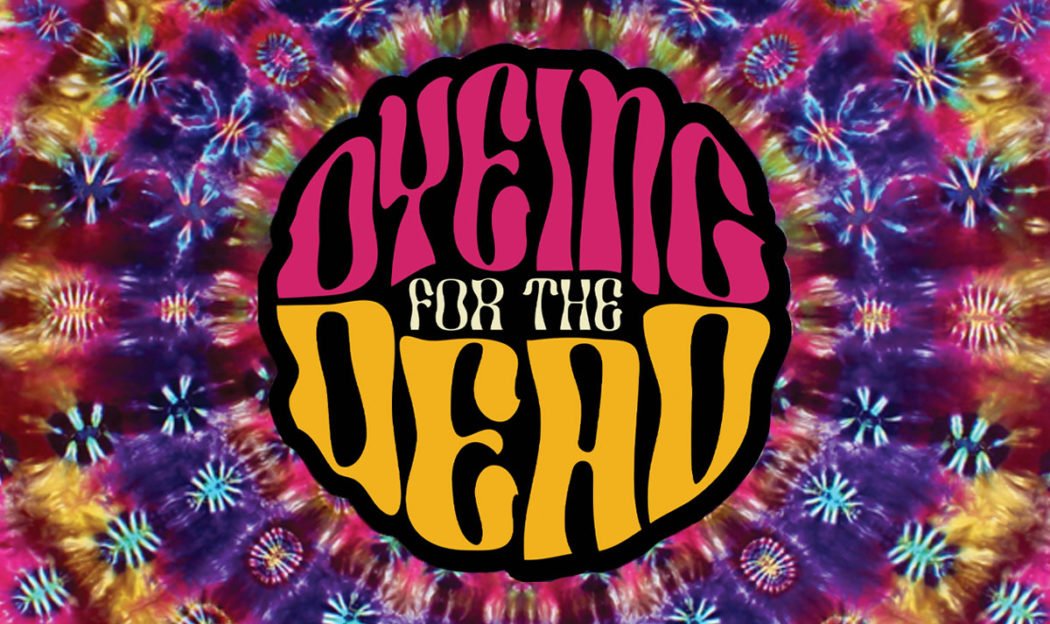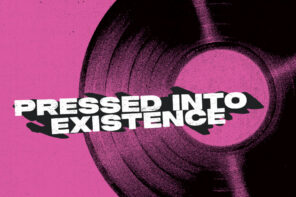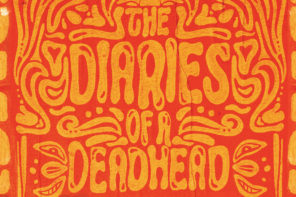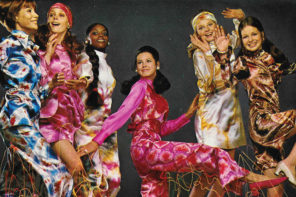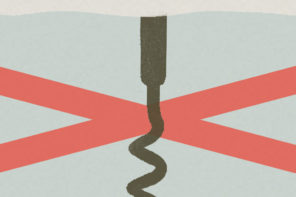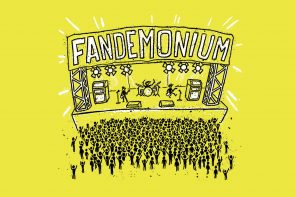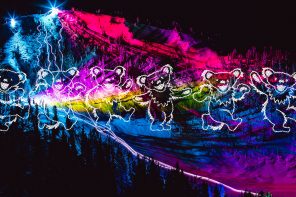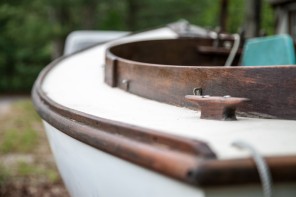How to tie-dye like Courtenay Pollock, tie-dye artist for the Grateful Dead
How does one go about becoming the tie-dye artist for the Grateful Dead? We don’t recommend walking up to Bobby Weir’s house with stained hands, but it did work once before. Geometriart is the pattern of tie-dye style created by Courtenay Pollock and used for the Dead from everything from their set designs to t-shirts. Courtenay remains often imitated but never quite replicated, but he was kind enough to give us a few tips on how we might create our take on Geometriart. If you’re on the west coast with a passion for dye, he might even let you apprentice.
Whalebone: How did you get interested in tie-dye, and how did you kind of dream up your pattern?
Courtenay Pollack: I first saw tie-dyeing when I had a boutique in Greenwich Village, New York, in the late ’60s, and this beautiful girl walked into the store, wearing tie-dyed bedsheets. Basically, it was just concentric rings on the sheet and she just cut a hole in the middle and pulled it over her head. And it was a robe. And of course, she was tall and elegant and made it look like an exotic gown. Anyway, I thought, well, how would I create concentric rings?
That was the first time I thought about tie-dye as anything. I realized that you could fold in any kind of geometry that you could come up with rather than scrunch stuff up. I’m much more precise-minded—so in an instant, I had my whole method in my head.
WB: And how did you get involved with the Grateful Dead?
CP: Well, I had developed the tie-dye thing. I moved to upstate New York and was living in a lovely old Georgian home in Syracuse of all places with my girlfriend at the time. And that’s where I started to tie-dye, actually experimenting. I got dyes and clothes and shirts and stuff. It couldn’t have been better. And then within a month, we did a three-day outdoor festival in this amphitheater. And I did big tie-dye mobiles, and flags, and shirts and things like that for the festival.
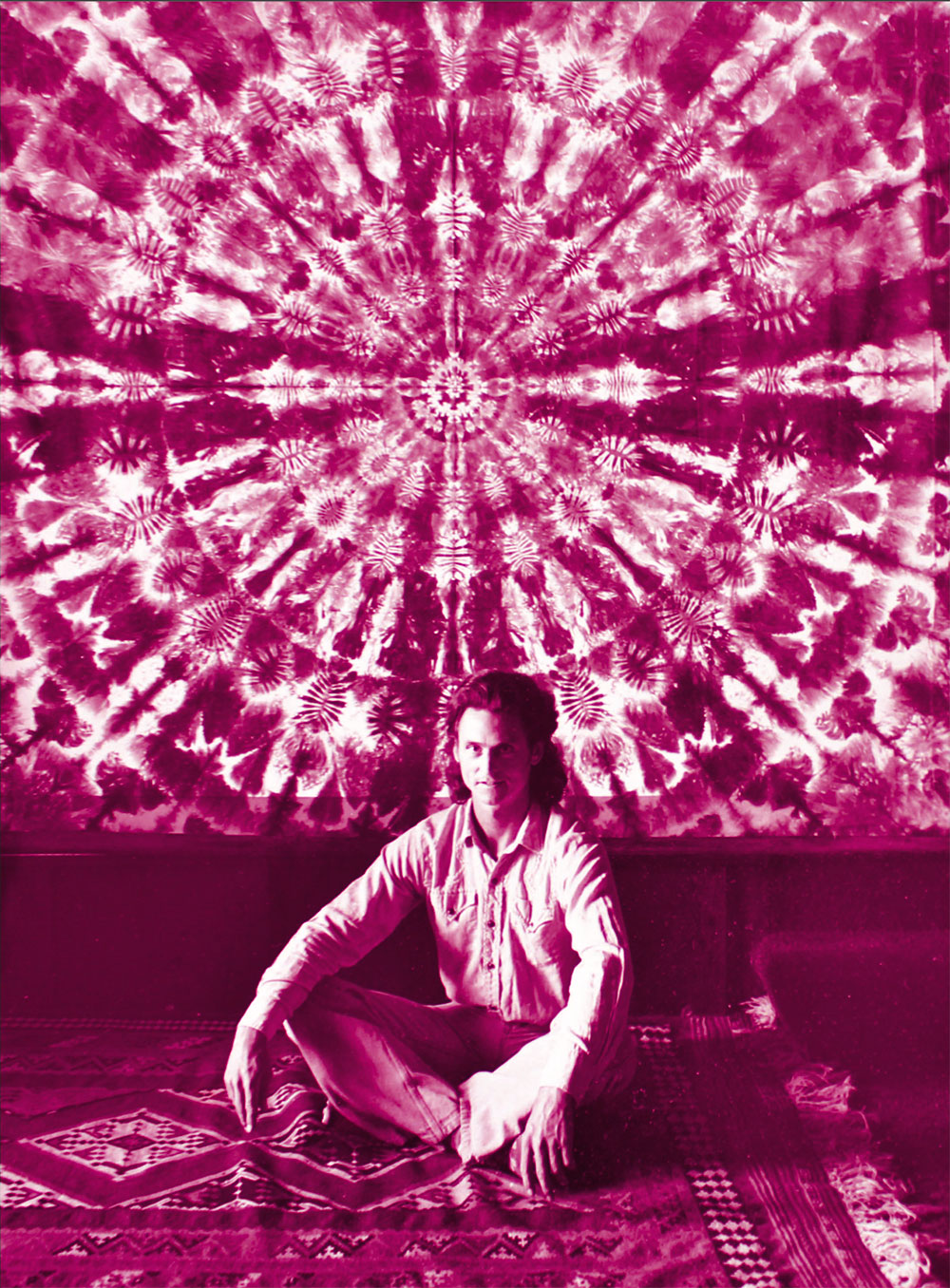
And so I was doing the dye stuff and we were doing fairs and built a 20-foot geodesic dome as our booth. And we’d sell out everywhere we went, no matter how much stuff we had.
Eventually, I headed out west actually on the throw of the I Ching which was my oracle of choice at the time. The Chinese oracle, the I Ching, said, in the first paragraph “fortune in the west.” So I got on a Greyhound bus with my tie-dye kit and I headed out west. Once I arrived in San Francisco, we headed to what was called Switchboard, and it was a place to find lodgings or rentals for people. I walked in and I said, “I’ve just come over from the east coast and I’d like to find a place with rolling green hills and some privacy and quietness and beauty.” And they were laughing and said, “Yeah man, we’ll find you a place to crash for the night in the city with ten other people in a room.” They were laughing and this guy on the phone said, “Hey, hey, wait. There is somebody right now calling in from Marin County who wants to share a place.” And he gave me the phone. I talked to this guy and he said yeah, get a bus over to San Rafael.
We drove into Marin County and took this turn just before this beautiful golf course. There’s this beautiful little house that’s built around two giant Redwood trees. And he said, “Well, here it is. A little two-bedroom home. It even had a stone fireplace. And it was absolutely idyllic. Of course, the owners have 350 acres here and across the street is the horse ranch on the open side of the road. And my friend runs a horse ranch. So we’ve got horses to ride. They got a swimming pool.”
So the next morning I get up, I come out of my room and the house is empty. My friend’s gone off to work and put a bag of tie-dyes on my back in a knapsack. I was looking for a kindred spirit, and like-minded people. And I just figured that I would identify them by the house. I walked about a mile down the road, looked up this driveway, and there’s some horses in a pasture, some guys feeding the horses, and had a little farmhouse and it’s got an old funky American flag. And I went, yeah, this is where the freaks live.
I walked up the driveway, just started chatting with someone feeding the horses and I said, “Anybody at home here?” And he said, “Yeah, just go bang on the farmhouse door. Frankie’s here.” And so I bang on the door and this cute young, attractive young lady comes to the door with a ring in her nose. And I went on to tell her I’ve just moved in up the road. And I thought I wanted to meet some like-minded friends. So she said, “Well, come on in and I’ll get some coffee going.” And I said, “I have some tie-dye stuff if you’d like to see it.”
And she comes out with coffee and looks around and she goes, oh my gosh, these are amazing. The guys will love this. Frankie was Bobby Weir’s partner.

Step 1: Make Your Folds
Recall high school geometry
Start with a square cloth or any piece of anything, and you fold it in half, then, whatever you do with the dyeing, it’s going to be symmetrical. One side it’ll be the same as the other. There are limitless ways to fold geometry. It’s only really limited by the thickness and size of the cloth.

Step 2: Bundled Up
Fold the cloth in any angle or geometry you like—and it will create a three-dimensional matrix because it will be in a bundle. Tie the bundle up with string, not too tight, but tight enough so that it would be like if you had saturated the cloth and squeezed as much water out as you could, then it’s a little more than damp dry. It’s saturated, but because it’s compressed, it’s not running water or anything. Then divide off into what I call cells so that you can access all different areas of the piece.

Step 3: Dye the Cells
And then fill each of those cells up with dyes—do that by dipping into the dyes, different amounts, different angles, but always overlaying one color after another. I don’t push the colors up cause they’d all run together and make brown. So I would just get a little deeper and then the next color, I’d go a little deeper at a different angle and so I’d try to fill that cell up.
So all of those colors then remain in our
own band. It’s like if you have ever done a sand painting in a glass jar where you put different layers of colored sand, it’s like that. It’s exactly like that. Only I’m putting in layers of dye across the matrix of that three-dimensional geometry. And then when the dyes are set, undo it, and there’s this amazing design.

Step 4: Waiting Game
Set overnight and wait like a kid on Christmas morning to unwrap.
Step 5: The Big Reveal
Of course, experience tells me what is going to facilitate the serendipity of imagery more than others. You kind of learn that as you go, but pretty much anything works. And I encourage people to do it, but it’s funny how even master tie-dyers—who are really good at doing the squirt bottle thing and making great designs— they ask me how I did such and such. And I just say, well my method it’s not really classic tie-dye, but I tell them what it is. And they go, oh, no, that’ll never work. I went okay then. Okay, whatever you say.
For more of Courtenay’s work and how to buy, visit www.courtenaytiedye.com

